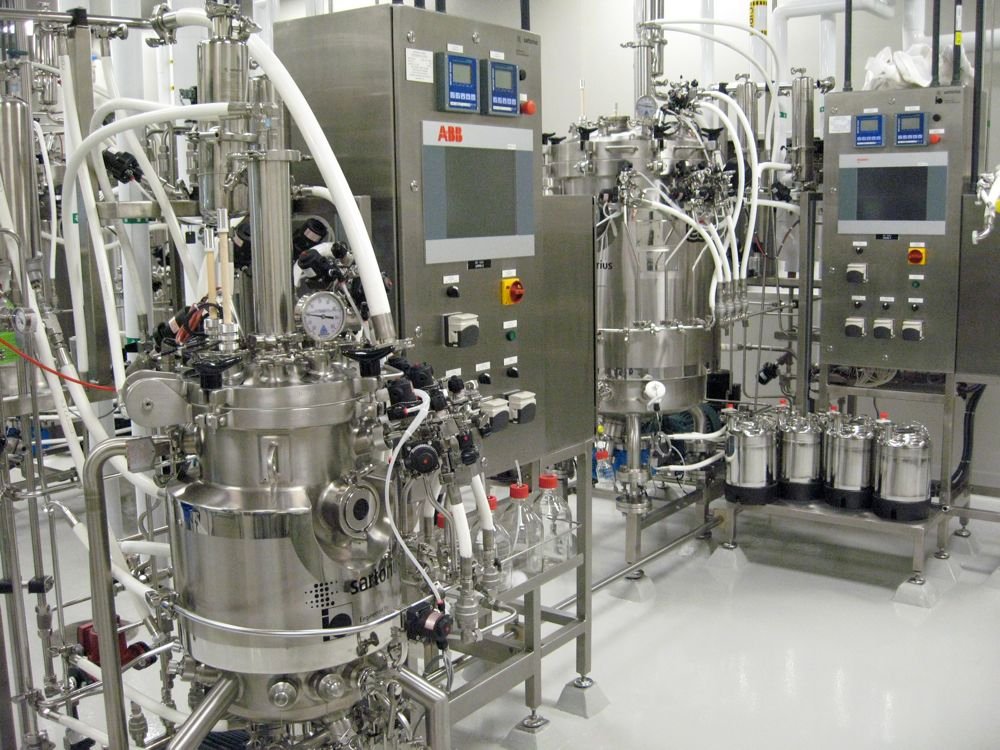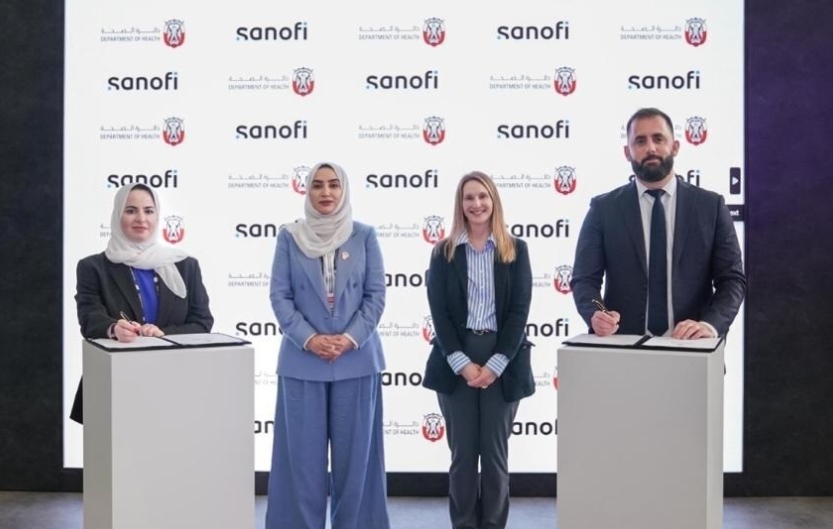
Representative Image
Ahead of the inaugural edition of bioLIVE, the bioprocessing and manufacturing event opening October (9-11) in Madrid, CPhI Worldwide announces the bio findings of its annual report, which foresees much greater efficiency in biomanufacturing and an increased exchange of ideas across small and large molecule industries.
CPhI Annual report expert, Mike Ultee of Ulteemit BioConsulting projects great strides being made in improving bioprocessing techniques and, in particular, cell line productivity for recombinant proteins. He predicts that over the next 5-years productivity of fusion proteins and enzymes will move towards the 2-5g/l range. The consequence of which is that we are likely to see continued moves towards smaller bioreactors.
Ultee also argues that the rise in the use of continuous bioprocessing will see the return of perfusion bioreactors aided by inline new filtration technologies – ultrafiltration, diafiltration and concentration equipment. In fact, high-efficiency perfusion techniques will also enable extremely high densities (~ 108cells/mL) in small volumes. Most excitingly, the pipeline of CAR-T and gene therapies will now come to market in increasing numbers as bioprocessing techniques have proved reliable in bringing products through clinical and commercial production.
“In 5-years time we will have been through a golden period, with game changing improvements made in upstream, downstream and continuous bioprocessing. The market will by then also boast much greater numbers of biosimilars and new applications for cell and gene therapies. The industry is collectively maturing extremely quickly from big pharma and biosimilars to CDMOs,” added Ultee.
Kent Payne, CEO of Socorro Pharmaceuticals LLC explores in his analysis how demand is now outstripping supply for qualified bio professionals in the big bio hubs – notably Boston and San Francisco – and increasingly we will see small molecule professionals moving across, especially in areas like conjugation and ADCs where there is directly transferable expertise.
However, his conclusion was that as bio manufacturing enters its maturation stage, especially amongst the smaller nimble biotechs, they will increasingly look borrow from practices already established in the small molecule segment rather than by ‘any means to market’.
“There are lessons to be learned from Pharma peers to drive enhanced productivity and quality, whilst simultaneously lowering costs. The processes and skills that have been honed at larger companies to drive operational excellence are key to the smaller companies’ growth and profitability prospects. As small companies reach a tipping point in their life cycle, they must move beyond the ‘just get it done by any means’ mode to a ‘growth by design’ mode in order to be prepared for commercialization and beyond” commented Payne.
In particular, it is in the supply chain and management systems where there are likely to be great efficiencies yet to be discovered. Payne concluded “over the last decade or so, many of the larger biomanufacturing players have implemented more sophisticated production management systems to provide real monitoring and optimization. Nevertheless, in comparison to small molecule counterparts, there is still much room for improvement.”
Rutger Oudejans, Brand Director at UBM for bioLIVE: “The findings in our Annual Report clearly support the need for introducing an event like bioLIVE – one that supports the benefits of the growing exchange of ideas across small molecule and bio manufacturing. What is most exciting is that in an age of renewed innovation and with drug attrition rates falling that we might also be able to bring these new biologics to market much cheaper. It’s one of the central themes of this year’s inaugural event, ‘how to help transition the growing workforce needed in bio’ and, of course, ‘how we can make manufacturing more efficient and bring medicine to patients faster’. The synergies we are seeing with small and large molecule in the long-term will help both industries innovate and commercialize better in the future.”




